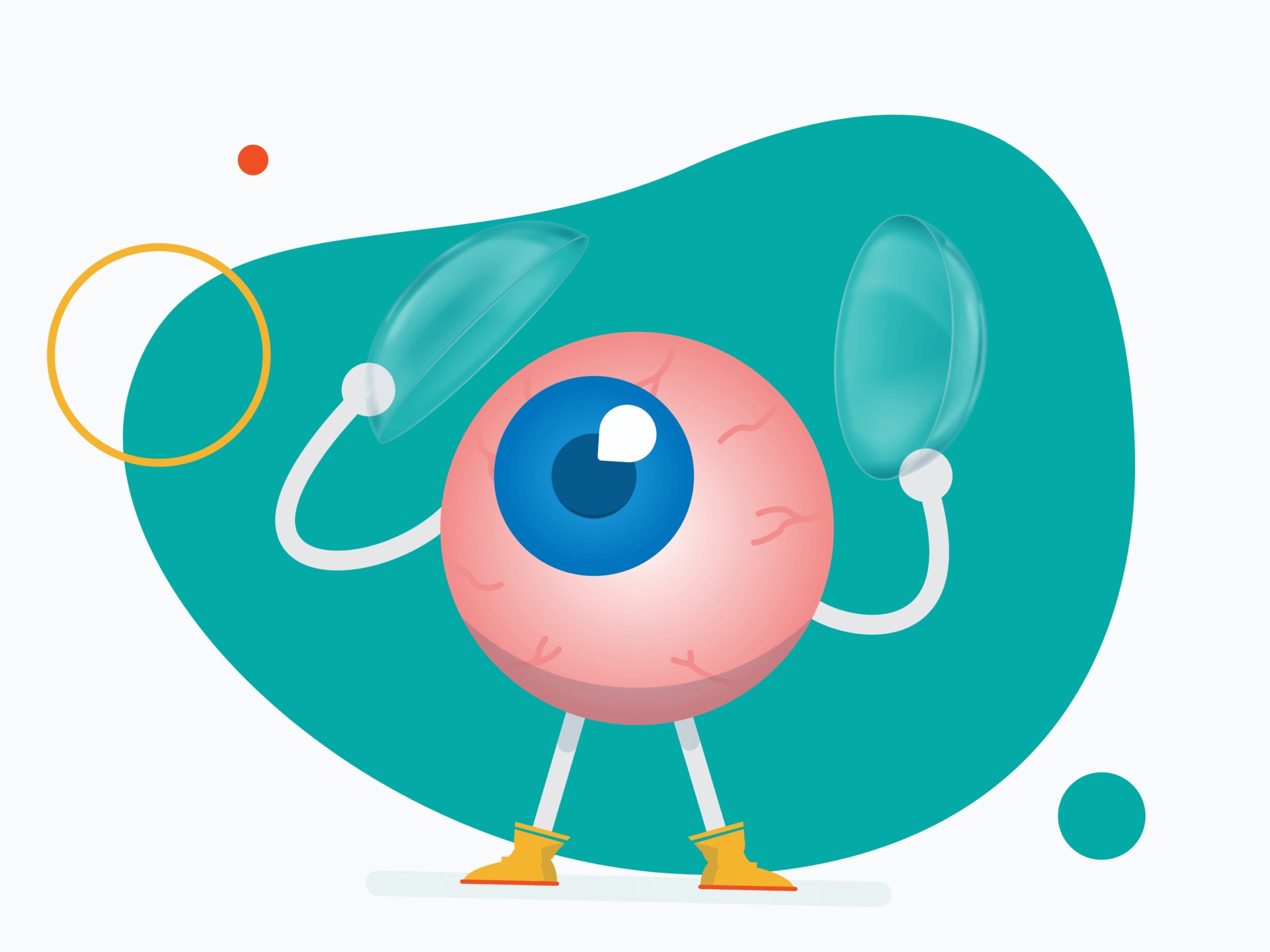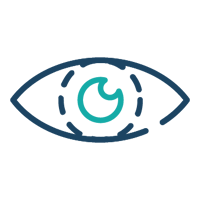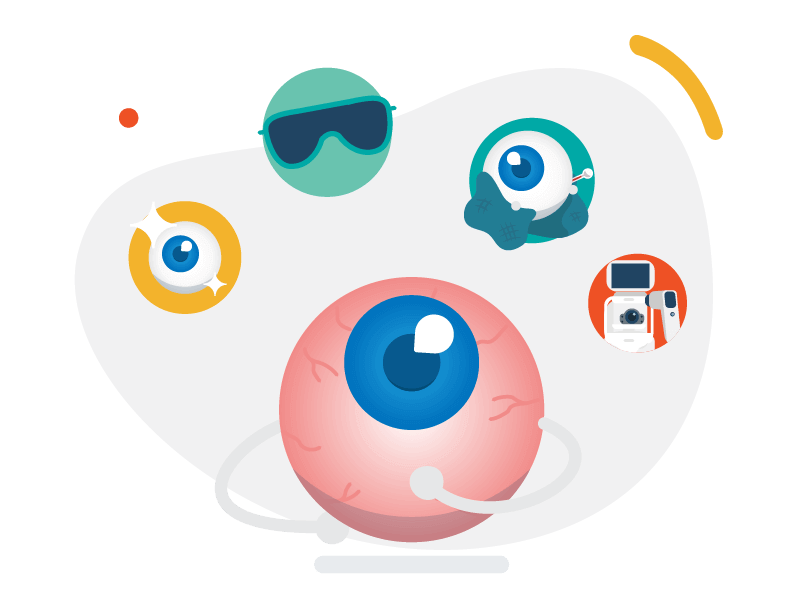How Can a Neuro-Optometrist Help with Eye Strain and Dizziness?
Expert Assessment
A neuro-optometrist specializes in the relationship between visual function and neurological processes. When you visit with complaints of eye strain and dizziness, they perform a thorough examination, going beyond routine vision tests to assess how your eyes communicate with your brain. This can reveal issues like binocular vision dysfunction that standard exams might miss.
Personalized Vision Therapy
If a neuro-optometrist determines that your dizziness is related to a vision alignment issue or a condition such as convergence insufficiency, they may recommend vision therapy. This therapy is a personalized program designed to correct the specific visual anomalies causing strain and, by extension, dizziness.
Guidance on Visual Hygiene
Neuro-optometrists provide advice on visual hygiene, which includes tips on proper lighting, screen time management, and exercises to strengthen the visual system. They'll guide you through practices that reduce eye strain, thereby diminishing the likelihood of dizziness.
Assistive Devices and Lenses
They can also prescribe specialized lenses or prisms that can help alleviate eye strain. For those with presbyopia, they may suggest solutions like contact lenses designed to reduce strain when focusing on close objects.
Rehabilitation for Neuro-Visual Issue
For patients experiencing dizziness following a traumatic brain injury, a neuro optometric evaluation can be crucial. It can help your eye doctor understand the connection between the traumatic brain injuries and visual symptoms and can provide rehabilitative services to address them.


















